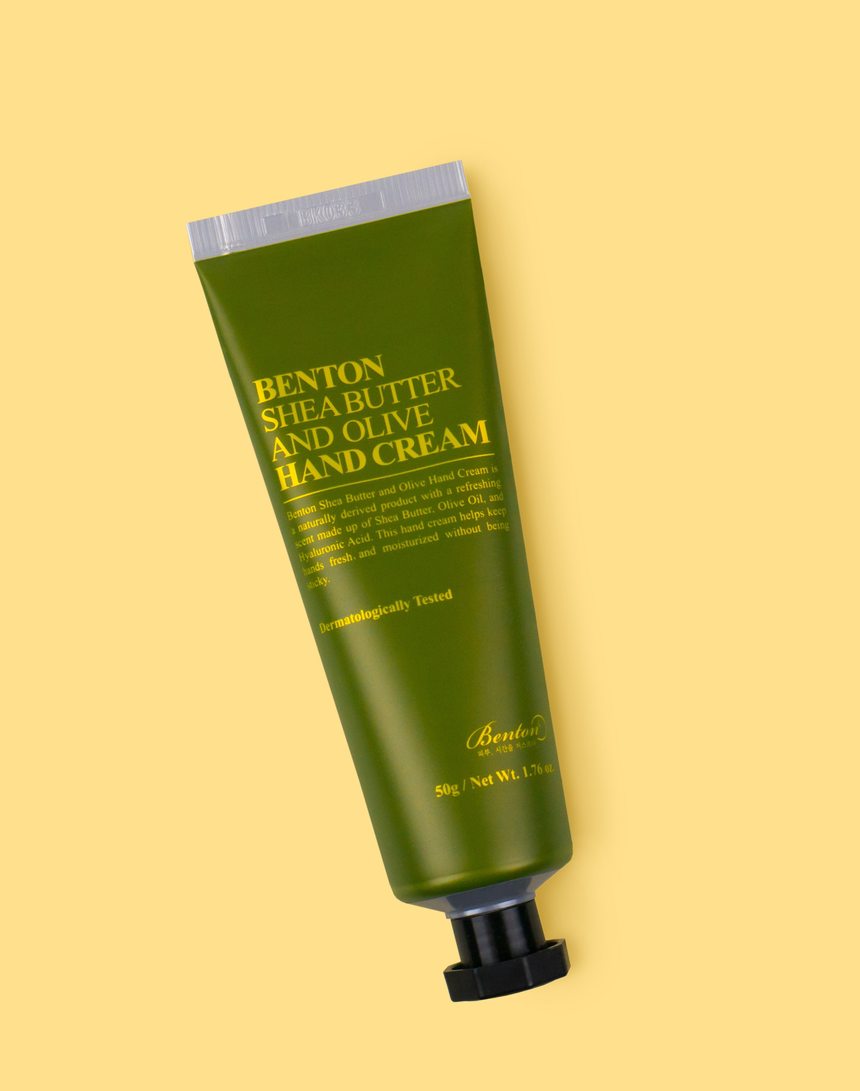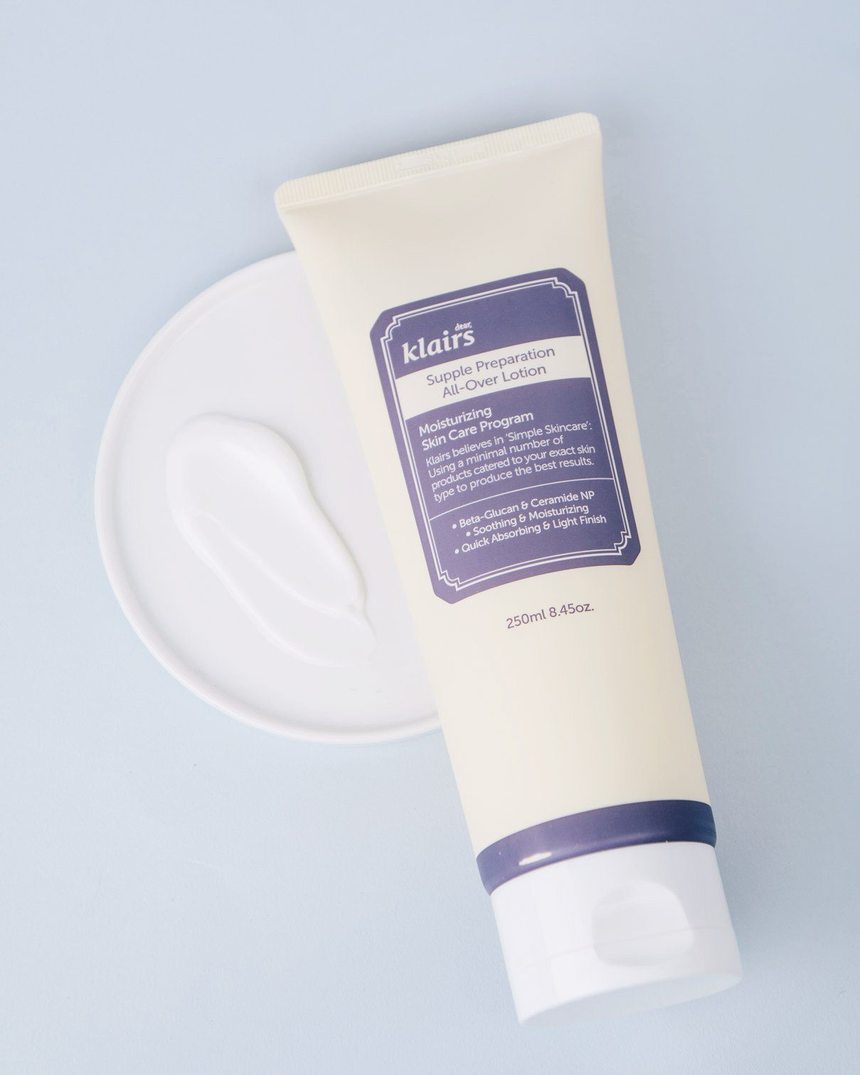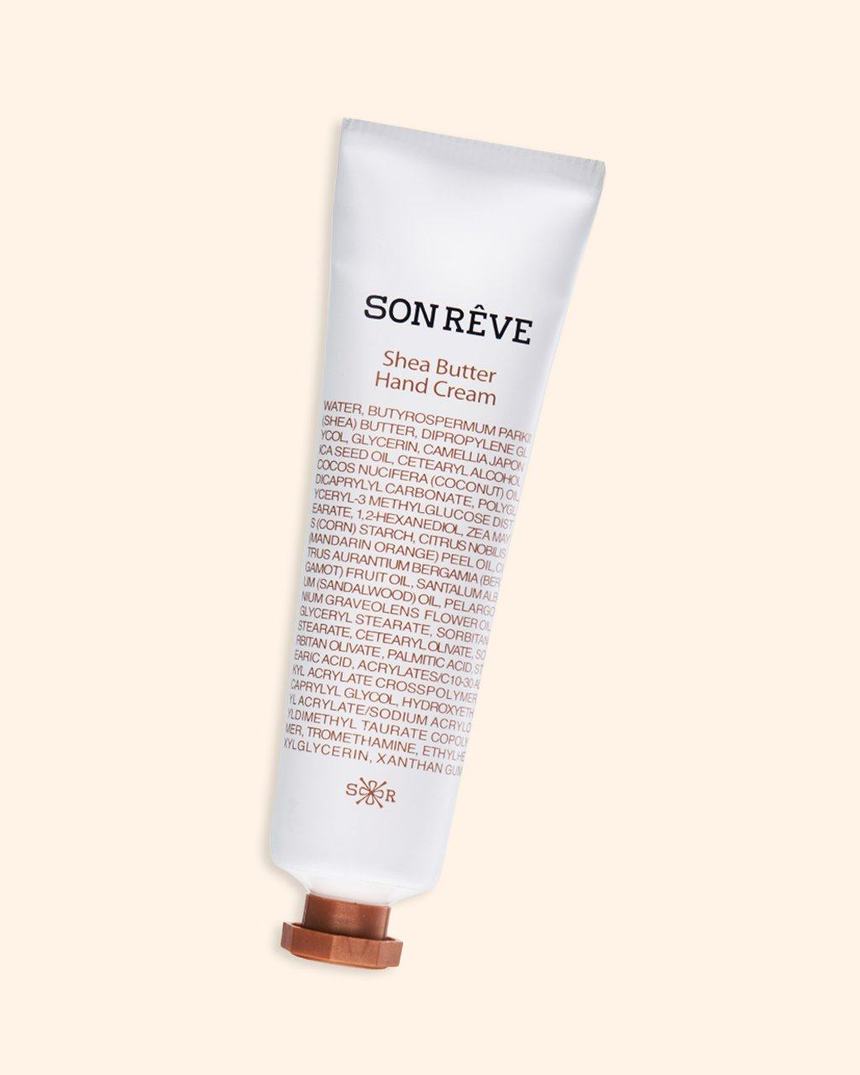Wondering how to get rid of cracked hands? We’ve got the foolproof plan below.
‘Tis the season to see every other person in your Facebook feed pose a variation on the following: “My hands are so dry to the point that they hurt! Does anyone have suggestions for how to make my skin stop cracking? Nothing is working!” The truth is that winter weather—as beautiful and Insta-worthy as it can be—is one of our skin’s worst enemies.
Let’s break down why our hands start getting all cracked and how to live crack-free this winter.
Why are our hands so dry in winter?
You guessed it: The primary culprit of dry cracked hands in winter is lack of moisture. But what is it about this season that exacerbates the issue to the point of our hands actually being in pain?
“During winter, the humidity in the air plunges and this is compounded by indoor heating. Washing hands frequently can strip natural oils in your skin further drying it,” explains Sejal Shah, a NYC cosmetic dermatologist and the founder of SmarterSkin Dermatology.
Fortunately, even though you want to keep warm inside and have a serious goal of not contracting the cold or flu, that doesn’t mean your hands have to pay the price. You just have to be hyper vigilant about the ingredients in your products and your commitment to frequent application.
The ingredient trifecta for curing cracked hands:
“When choosing a moisturizer, it’s important to make sure it contains humectants, emollients, and occlusives,” says Shah. Here’s how they work together, as explained by Shah:
- Humectants work by drawing water into the top layers of the skin. Some common ones include glycerin, hyaluronic acid, urea, and alpha-hydroxy acids such as glycolic acid and lactic acid.
- Emollients come in and fill the spaces between skin cells, which create a smoothing effect and minimizes that scaly crocodile effect.
- Occlusives form a thick, protective barrier — kind of like your favorite cozy blanket — over the skin to prevent water loss. Sometimes occlusive and emollients are one in the same, and common forms include lanolin, plant-based oils, silicones, butters (shea and cocoa), petrolatum derivatives (mineral oil, petroleum jelly), waxes and paraffin.
As long as you have these three ingredients — and they’re high quality products and stars in your product — you’ve found yourself a stellar hand cream. Some other ingredients that will help are ceramides and niacinamide.
“I often recommend moisturizers with ceramides since they are lipids that naturally comprise the skin barrier and when depleted cause dry skin. They help replenish moisture, strengthen the skin barrier and form a protective layer over the skin. In moisturizers, they are usually combined with humectants and other occlusive agents,” says Shah. “Niacinamide is another great ingredient, as it can help repair and maintain the skin’s barrier function and acts as an anti-inflammatory.”
We recommend Benton’s Shea Butter & Olive Hand Cream, which contains glycerin (humectant), shea butter, and olive oil (all occlusives/emollients). Another great one is Klairs Supple Preparation All-Over Lotion, formulated with shea butter, ceramides, jojoba seed oil, and sodium hyaluronate (a version on hyaluronic acid) or Son Reve’s Shea Butter Hand Cream, a powerful formula that uses shea butter and glycerin.
Healing those cracked hands:
Whether you’re reading this with hands in pain, or doing your best to prevent that scenario, Shah says you should begin applying your moisturizer liberally throughout the day. Any time your hands start feeling dry again is the moment to re-apply.
“At night, slip on a pair of white cotton gloves or socks after applying moisturizer to help the moisturizer penetrate the skin,” she advised. “And when washing your hands, use lukewarm water and a mild soap. Afterwards, pat dry and apply moisturizer.”
You can also try substituting hand sanitizer for some of the washing sessions (ideally one that is alcohol-free since alcohol can be very drying). Another thing that helps is to lower your indoor heater setting so it isn’t running as frequently, and to use a humidifier to replenish lost moisture in the air. Finally, make sure you’re wearing gloves anytime you go outside to protect your hands.






